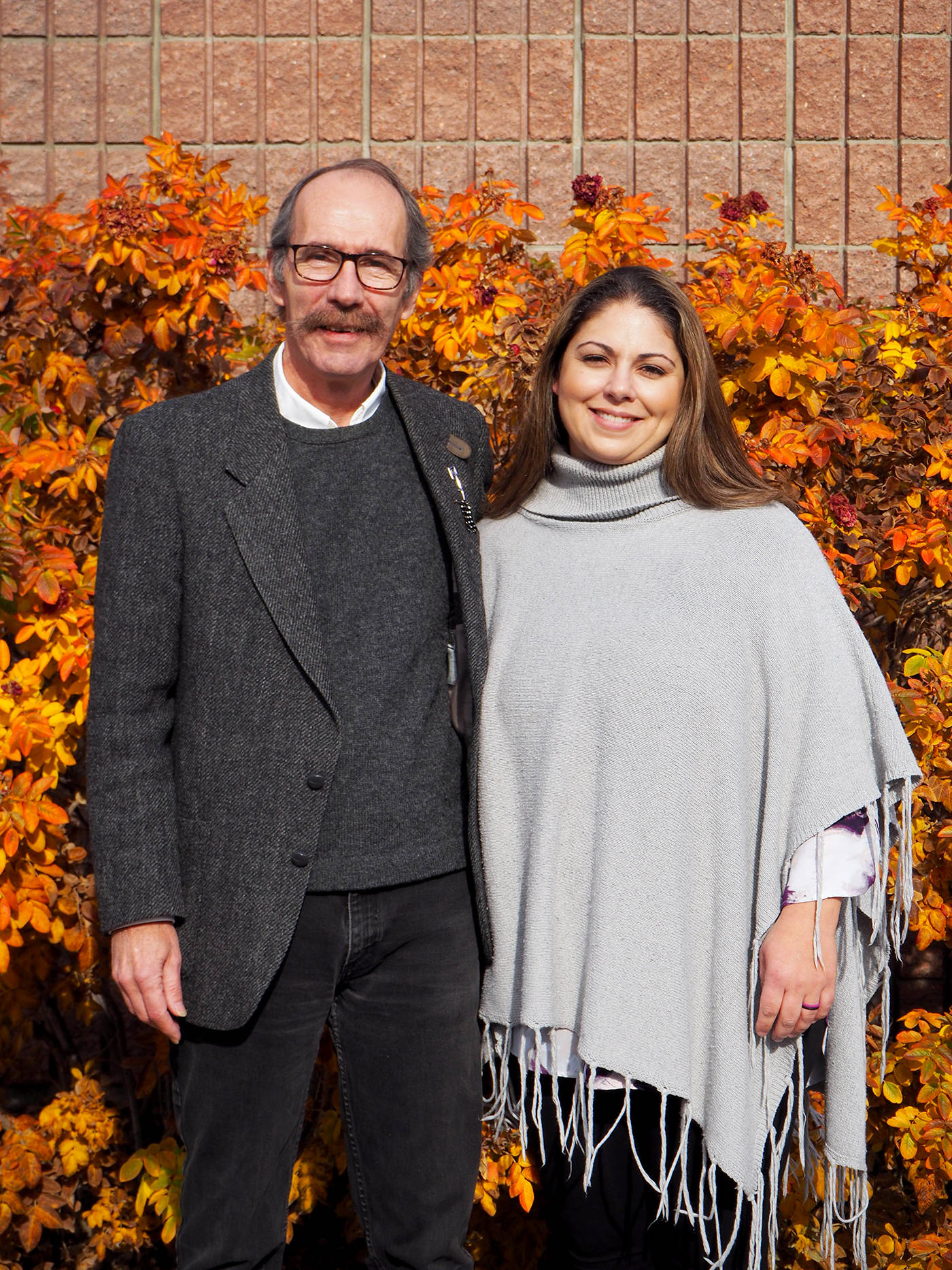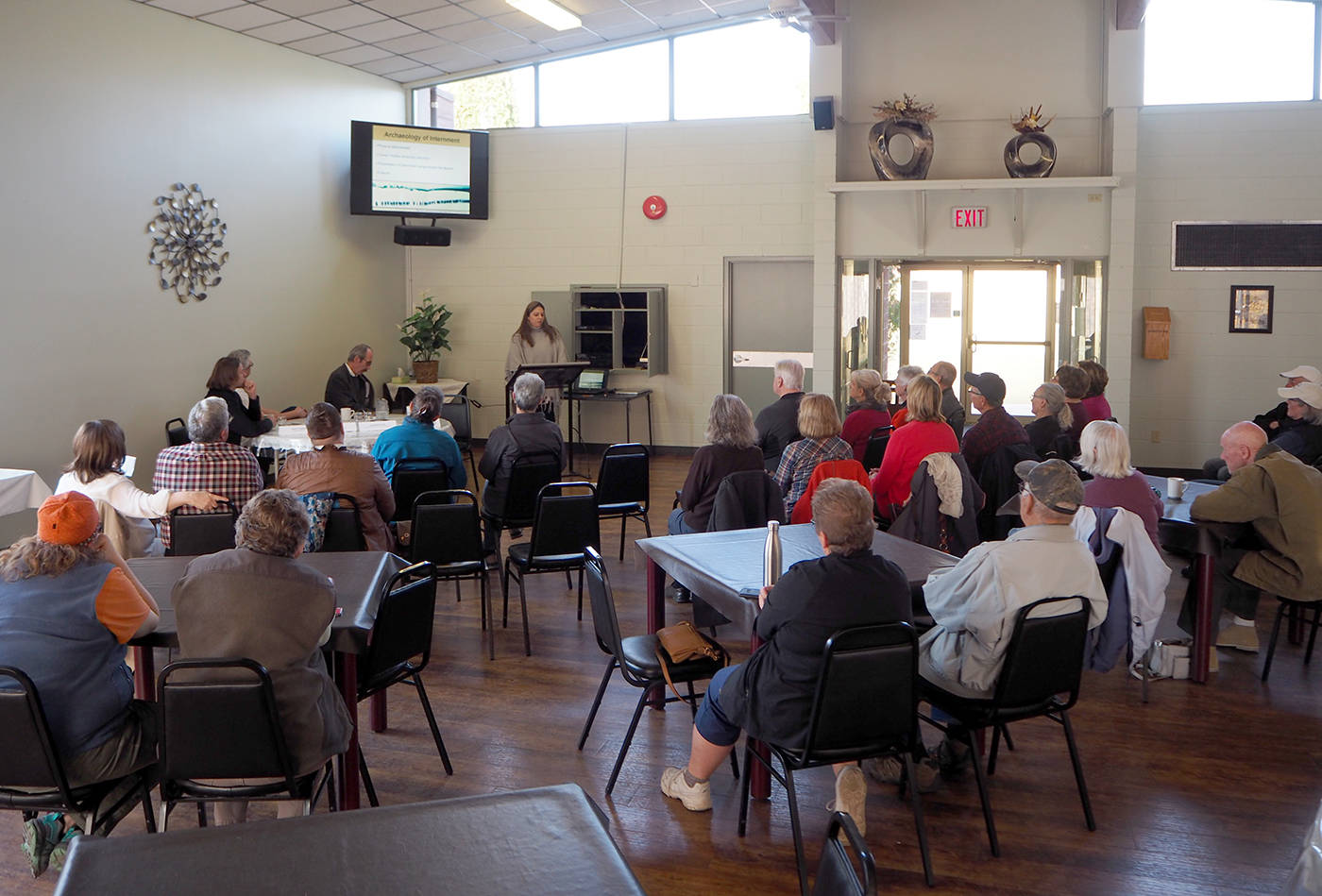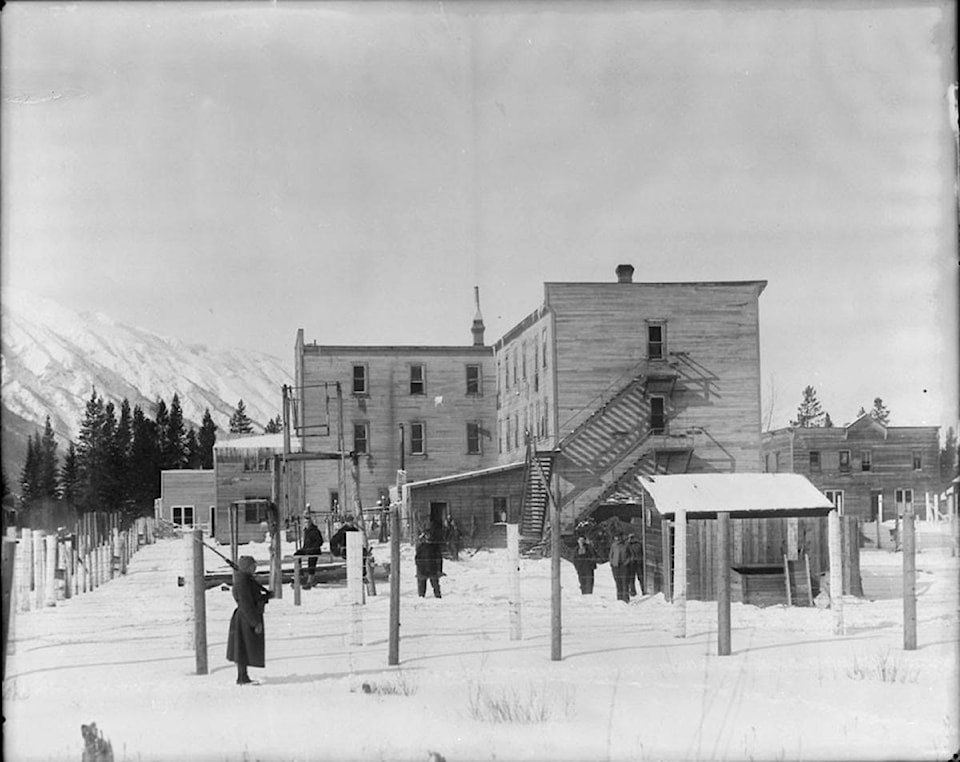When I asked my mom where she was born, she replied, “I was born in a little village just outside of Montreal”. So of course, being a nice guy of Kincaid, I could see this nice little village. There was snow on the roof, there were yellow windows and smoke coming out of the chimney and then I find out that she was born in a concentration camp, in a tar paper shack, in the middle of nowhere.
It was during this interview with a Canadian-Ukrainian man on July 7, 2014, that Sarah Beaulieu realized uncovering Canada’s national internment operations would become her life’s work.
The Abbotsford-based PhD candidate has dedicated the past six years to the subject, specifically the key issues of confinement at the Morrissey internment camp.
Morrissey was one of 24 internment camps across Canada that housed 8579 German and Austro-Hungarian prisoners of war during World War One.
Sunday marked 100 years since the closure of the camp, which is located just outside of Fernie and operated from September 28, 1915 to October 21, 1918.
In a talk titled “Archeology of Internment: The Morrissey WWI Camp”, Beaulieu presented her findings to a crowd of about 40 people at the Senior Citizens Drop-In Centre as part of the WWI Internment Operations Day of Recognition hosted by the Fernie Museum.
“Morrissey is really unique because it’s owned by the Nature Conservancy of Canada and it’s basically been untouched for the past century,” Beaulieu told The Free Press.
“It’s completely grown over, it’s forested landscape but unlike places like Vernon that had a school built over the site or other locations that have been completely disturbed, Morrissey is unique in the sense that we’ve been able to excavate and know that the site has been relatively undisturbed for this amount of time.”
Beaulieu said about 300 “enemy aliens” from Germany and the Austro-Hungarian and Ottoman empires were interned at Morrissey at a time.
However, she estimates between 400-600 prisoners passed through the camp over three years.
“They were mostly Ukrainians and Germans within the camps but there were also Turks, Slovaks and Slovenians and many, many others that were interned as well,” she said.
“It started here in Fernie, it began as an illegal camp. The coal miners went on strike and they refused to work with the enemy aliens, and so they rounded them up from throughout this area and then interned them here at the ice rink.
“Then the Federal Government became involved because they were worried about coal mine sabotage during the war effort, so they then moved them to Morrissey, which was an abandoned coal mining town that already had the building set up which was ideal for internment, and kind of moved them out of the town so it was out of sight, out of mind for the local community members here.”
Beaulieu’s initial research focused on looking for additional graves in the Morrissey cemetery and soon expanded to prisoner diets, resistance activities and the mental health of internees.
“We’ve actually determined diet-wise that they were poorly fed,” she said.
“We excavated 4000 animal bones from the second class quarters and we were able to determine that there was an increase in bones, which shows they were feeding poorer quality cuts of meat over time.”
Beaulieu said this would have been justified under the ruse of rationing but she believes it was a cost-cutting measure.
Beaulieu also found hidden German flags, indicting resistance activities, alcohol bottles, tonics used for coping with tuberculosis and handmade coal mining shovels used to dig an escape tunnel.
A barbed wire cross excavated from the Morrissey site is now on display at the Canadian Museum of History in Gatineau, Québec.
Using a ground penetrating radar, Beaulieu was also able to find the escape tunnel.
“We used that to locate the tunnel itself, so over two years we excavated three units of it,” she said.
“Unfortunately the plan was thwarted the night before the escape was to happen. There was a near riot and the prisoners didn’t escape.
“But we’ve been able to determine that first class prisoners were more likely to escape.”
Beaulieu said archeologists have found escape tunnels at other camps in Western Canada, with successful escapes recorded in Lethbridge and Vernon.
“But the second class prisoners, because they were forced to labour and poorer diets, had less time to spend planning these escapes and digging tunnels,” she said.
Beaulieu has submitted her thesis and is waiting to defend it in the coming months.
She hopes to excavate other camps and continue raising awareness about Canada’s national internment operations, which have been kept hidden with most federal records destroyed in 1954.
“To me it’s a social justice issue, it’s about people creating awareness about this and bringing the story forward,” she said.
“The anniversary is a great way to let people know about what’s happened within Fernie but also across Canada in general.”
Morrissey camp “hell on earth”
It was hell on earth, said Fernie research historian Daniel Ste-Marie when asked to describe the Morrissey internment camp.
“Everything in their life was regimented, their individuality was totally removed.
“Everybody dressed the same, everybody got up at the same time, they went to use the facilities to wash and use the privy (outdoor toilet) at the same time, they all ate and they all went to work at the same time, and it was all pick and shovel work or axe and saw cutting trees, stumping or building roads for 10 hours a day, for 25 cents a day.
“Before they were interned, when they were working in the mine, they were getting $3 a day.”
Ste-Marie said as well as struggling with the seclusion, Morrissey internees also worried about their families overseas, with war raging in Ukraine, where the Imperial Russian Army fought with the Austro-Hungarian Army for territory.
“The psychological impact was incredible,” he said.
“A lot of them suffered what we would identify today as post-traumatic stress disorder (PTSD) and research has shown PTSD can be transmitted generationally for three or four generations, not necessarily genetically but because the person who has PTSD is acting in a certain way and then all the people around them are affected psychologically because of what they’re going through.”
Ste-Marie has been studying Canada’s national internment operations since stumbling across the Morrissey cemetery seven years ago.
“I moved here from Ottawa in 2010,” he said.
“In the spring of 2011, I was driving around with my wife around Morrissey and came across the cemetery at Morrissey, and I noticed there were two grave markers that mentioned that they were prisoners of war in the first war.
“Afterwards I came into town and started talking to some people here in town, and they didn’t have a clue what I was talking about.”
So, Ste-Marie turned to the internet, finding several online articles about the internment operations, which kickstarted his own research on the subject.
He has assisted PhD candidate Sarah Beaulieu with her archeological digs and research over the years, and is in the process of writing a book about the Morrissey internment camp.
With an expected release date of 2020, the book will delve into the history of internment, how the “enemy aliens” came to be in Canada, life in the Morrissey camp, the economic and social impact on Fernie, and the psychological impact on internees.
Ste-Marie said the Morrissey camp is currently off limits to the public until the archeological work is completed.
He hopes to eventually have interpretive signage installed, explaining the history of the camp in three languages – English, French and Ukrainian.
“I guess the message is to show the bad side of what happened, what can happen,” he said.
“Let’s hope that it doesn’t happen and carry on because of the effect that it has on everybody.”


